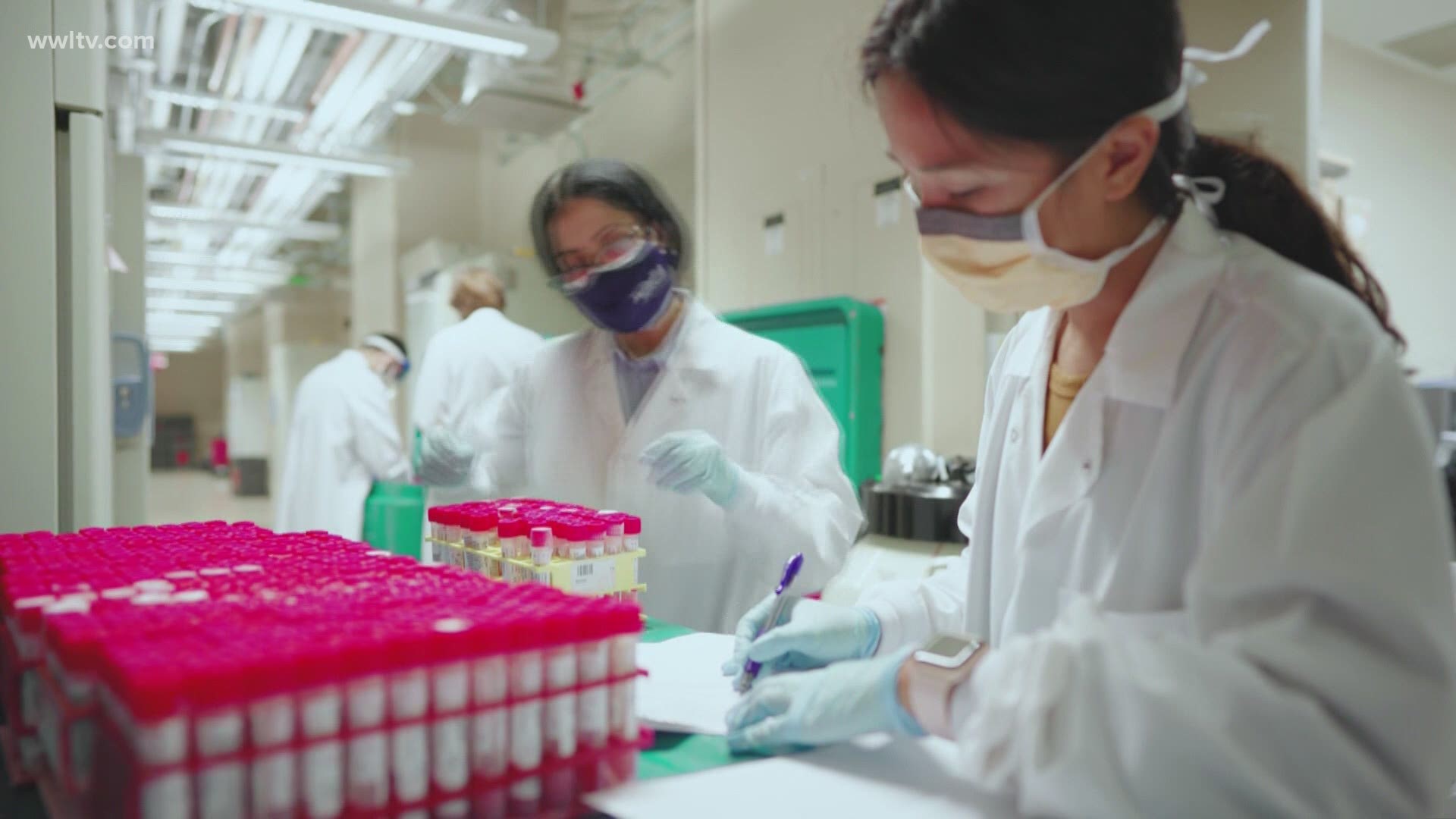NEW ORLEANS — The CDC originally defined “close contact” as spending 15 minutes or more, less than six feet from someone infected with the coronavirus.
Now doctors have learned, from new evidence of people who became infected, that needed clarification.
So what does that 15-minute close contact rule mean in our everyday lives?
Well that precise time is not etched in stone. Virus spread depends on many things, if masks are worn, being outside, good indoor ventilation, and how infectious someone is.
And viral load is important. Just getting some particles is not enough to make you sick.
“So the more virus you wind up getting into your respiratory tract, the more likely that something's going to make it through,” explained epidemiologist Dr. Susan Hassig, an Associate Professor in the Tulane School of Public Health and Tropical Medicine.
So jogging by someone, or passing another grocery shopper, is not likely to give you that higher viral load. More likely is sitting near someone for 15 minutes on the bus, for instance.
Now researchers are learning that the 15-minute exposure to an infected person does not have to be in one block of time.
“In reality, and in nature, it is an accumulative process,” she said.
Think about this way. Someone who lies on the beach for 15 minutes straight, will get as much of a sunburn as someone who goes out for five minute intervals, three times. That can also happen at work or at a party with spreading the coronavirus.
“You're not going to spend a whole party glued next to one person. You're going to circulate, but then you, you know, you wind up cycling back to spend another five minutes chatting with someone,” said Dr. Hassig.
Thinking that the close exposure had to be a continuous 15 minutes was causing problems.
“As we've been trying to do contact tracing, it's not allowed people to recognize what may have actually been an exposing kind of interaction, because they were only thinking about extending continuous periods of time,” she said about the frustration of trying to get accurate reporting from people who test positive.
When asked if the 15 minutes is with or without a mask, she replied, “ In my mind that includes with a mask, because masks, while they are effective at stopping most virus particles, can't stop all of them.”
Dr. Hassig noted especially the cloth masks that most people are wearing.
Researchers still aren't sure what an "infectious dose" of the virus is, nor do they know if a higher dose means that you will get sicker.

